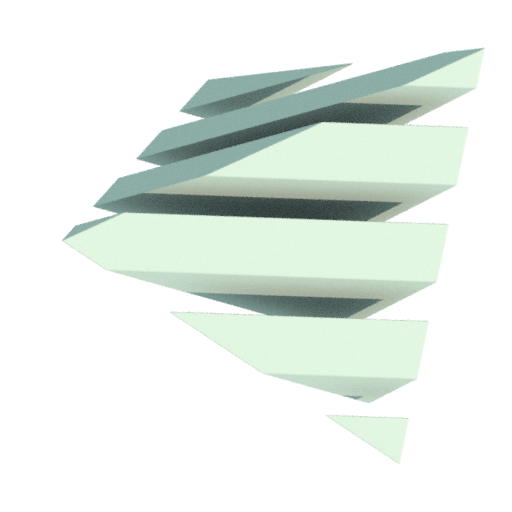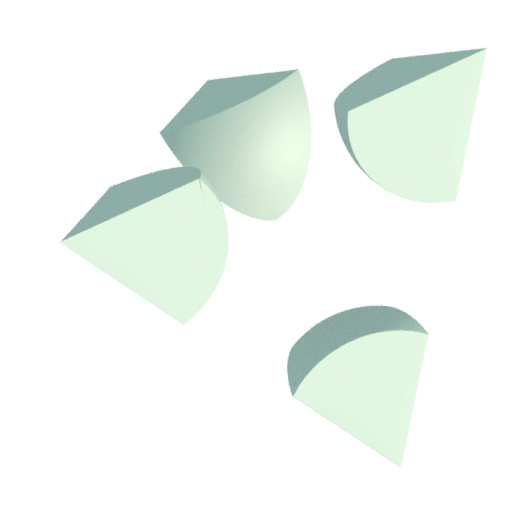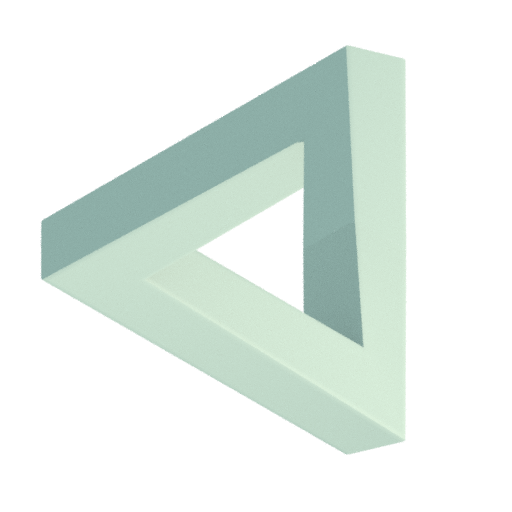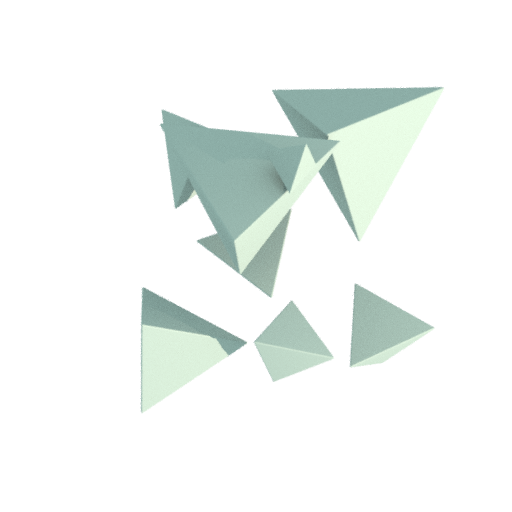Related notes:
Symbolic creatiures / story telling creatures
[[19-01-01-Cognition|cognition]]
[[13-01-01-Motivation|motivation]]
Perception
Sensation: - receive stimuli from the environment. The process by which our sensory receptors (e.g., in the eyes, ears, skin) receive stimuli from the environment. This involves converting physical energy (light, sound, pressure) into neural signals—a process called transduction.
Perception: - immediate sensory input. The process of organizing and interpreting sensory input to represent the external world. - Reading reality with limited information. This involves integrating sensory information with prior knowledge, expectations, and context.
Cognition: - higher-level processing of that input. The broader mental processing that transforms sensory data (information sorting) into thoughts, concepts, and decisions, encompassing memory, reasoning, and problem-solving. minimum requires short-term memory. This transformation lays the groundwork for constructing our experiential reality.
Consciousness: - subjective experience and self-awareness of these processes The state of being aware of and able to reflect on one’s internal and external experiences, integrating perception and cognition into subjective awareness. ability to simulate other systems within itself.
a feedback loop that enables the recognition of our own motivations. Before self-awareness develops, every organism functions as a product of natural (or man-made) motivations aimed at survival and reproduction, right down to the molecular level.
Selective attention, illustrated by phenomena such as the cocktail party effect, shows how we focus on particular stimuli amid a noisy environment.
Neural organization is discontinuous, with each discontinuity maintaining relative independence. These independent modules prevent the mental process from descending into complete chaos.
Higher consciousness is the ability to simulate the cognitive system within itself—
There are discontinuities in the process of neural organization, but they are in much larger number than these 3 steps. Each discontinuity has relative organizational independence. This is what prevents the mental process from being completely chaotic.
"higher consciousness" is the ability to simulate the cognitive system within itself. In essence a cognitive feedback loop.
"higher consciousness" allows, is the recognition of our own motivations
Every living thing before self awareness, is a pure product of natural (or man made) motivations stemming from the need to reproduce in order to survive, down to a molecular level, all the way back to single cell organisms.
Connect Biological and Psychological Perspectives:
Reaction Time
| (s) time | average reaction time |
|---|---|
| 0.15 | Touch stimulation is fastest |
| 0.17 | Audio |
| 0.25 (160ms - 340ms) | Visuals |
| 0.4s | Visuals for: Go/NoGo reaction for AI |
Examine Theoretical Frameworks and Models
Signal Detection Theory
Explains how we distinguish between actual stimuli and noise, incorporating factors like sensitivity and decision-making.
Gestalt Principles
| Principle | ||
|---|---|---|
 |
Emergence | Complex pictures from simple pattern |
 |
Reification | Illusory continuity constructive or generative aspect of perception |
 |
Multistability | Figure-Ground, pop back and forth unstably between two or more alternative interpretations |
 |
Invariance | Objects recognition is independent of rotation, elastic deformations, light, component features |
Gestalt law of pragnanz
Law of Perception (pragnanz. which means ‘concise and meaningful)
| Law | Tend to be perceived as integrated into groups if … | ||
|---|---|---|---|
| Simplicity | … is good gestalt (Simplify for better reads) | ||
| Proximity | … they are near each other. (Natural grouping) | Clump of grass. | |
| Common fate | … they move together. | Pixels on next movie frames | |
| Similarity | … they are similar to each other | ||
| Continuity | … they are aligned with each other (integrated into perceptual wholes) | ||
| Closure | … they are parts of a closed figure | ||
| Symmetry | … symmetry occurs (overwhelm perception). | Linear, radial, mirror. asymetry | |
| Past experience | … they were together often in the past experience of the observer |
…
Human Vision
| angle | ||
|---|---|---|
| 15 x 2 | preferred viewing area 30 (left + right) | |
| 25 x 2 | immediate field o f view (max eye movement) | |
| 60 x 2 | head rotation (console games) | |
| 95 x 2 | head & eyes (max viewing area) |
Sound perception
mcgurk effect
Contrast
Valuehigh key painting has ahigh-valuescale (light) vslow-valuescale (dark).Hue/SaturationEdgeProximityTexture(material),Shape
Visual Phenomena & Optical Illusions
https://michaelbach.de/ot/index.html
Change blindness
phenomenon of visual perception that occurs when a stimulus undergoes a change without this being noticed by its observer.
Perception load
Time
chronos time - quantitatively as calendar
kairos time - qualitatively - sezon/eon
Perception
- A: (sense)perception > atention ? adoption (motor commands)
- B inne: brain > body > environment
- C: sensory experience > mental models of reality
- D: predictive teory of neuroscience
Enchanced Learning
From Mental to active presence (Degree of abstraction: High) Text > pictures > audio > motion > exhibit > Field Tips > dmeonstarate > Dramatized > contriverd > direct. (Low anstraction: concrete )
Influence - Science and Practice By Robert B. Cialdini
Perceptual contrast: if lifted light thing the hevie feels heavier than if lifted alone. Fixed actions patterns Reciprication - feel of obligation